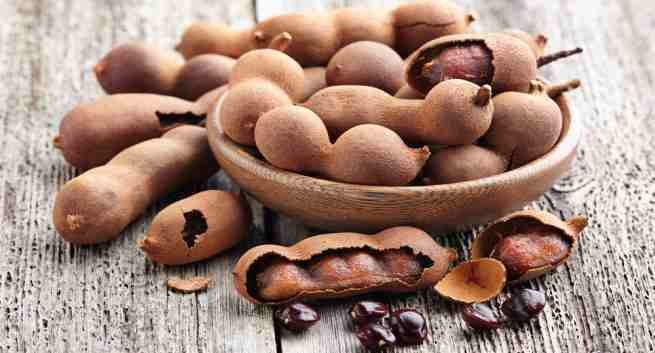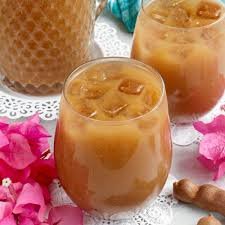Nutrition
Staying sinusitis free with our diet

Pineapple
In this chapter, we will be discussing how we can live a sinusitis free life with our diet.
If you are fed up with that swollen, achy feeling in your forehead, and your cold or hay feverseems to have lasted far longer than usual, you might have sinusitis.
The sinuses are hollow air spaces inside the bones surrounding the nose. Sinuses produce mucus, which drains into the nose. Unfortunately, swelling in the nose can block the sinuses and cause pain and infection. When the sinuses get infected or inflamed, it is called sinusitis.
Some causes include allergies, pollutants, nasal problems, and certain diseases. Symptoms of sinusitis may include fever, weakness, fatigue, cough, and nasal congestion. Nasal drip (mucous drainage in the back of the throat) may also be present.
Management of sinusitis is mainly conservative and medical. Diet plays a key role in the management as well.
Foods to include
Antioxidant (vitamins A, C, E, and glutathione) rich foods such as; sweet potatoes, carrots, avocados, oranges, and honeydew melons.
Bromelain rich foods such as; fresh pineapples.
Probiotic bacteria, commonly found in probiotic yogurt.
Water moistens the mucous membrane, facilitating proper draining of the sinuses.
Foods to avoid
Dairy and related products such as; milk, cheese, custard, and butter.
Gluten-containing foods such as wheat and wheat products.
Monosodium glutamate, often found in canned foods, salad dressing, deli meats, and fast foods.
Lifestyle modification
Avoiding all forms of allergens.
Cessation of cigarette smoking or secondhand smoking.
Moderation of alcohol.
Inhalation of vapour from warm water.
Applying heating pads to the inflamed area.
In conclusion, having sinusitis can be one of the most inconvenient experiences ever; a massive pain-in-the-head. Knowing the symptoms and tackling them before they arrive will be most rewarding, and the above dietary and lifestyle changes will be sure to take care of us.
The writer Dr Bernice Korkor Asare is the CEO of Holistic Health Consult
“Your diet your health, your health your wealth”
E-mail: holistichealthconsultgh@gmail.com
Nutrition
Benefits of Tamarind Juice

Tamarind juice is particularly abundant in vitamin C, which is important for a strong immune system, healthy skin and wound healing.
Additionally, tamarind provides significant amounts of B vitamins like thiamin, riboflavin and niacin, as well as essential minerals like potassium, magnesium, and iron.
– Antioxidant properties
Tamarind contains potent antioxidants, such as polyphenols and flavonoids, which combat harmful free radicals in the body. This oxidative stress reduction can help prevent cell damage and lower the risk of chronic diseases, including cancer.
-Digestive health
Tamarind contains dietary fibre and natural laxatives that promote regular bowel movements, alleviate constipation and improve overall gastrointestinal health.”
– Heart health
Regular consumption of tamarind juice may have a positive impact on cardiovascular health. It can help lower cholesterol levels due to its high fibre content and antioxidants, reducing the risk of heart disease.
– Anti-inflammatory properties
Tamarind juice does a great job in curbing inflammation in the body. High in anti-inflammatory compounds such as polyphenols and bioflavonoids, this property makes it potentially beneficial for individuals suffering from conditions like arthritis or chronic inflammatory diseases.
– High magnesium content
Tamarind is rich in magnesium- 110 mg per 120 g of pulp. This simply concludes that drinking tamarind is a convenient way to meet your daily magnesium requirements. It plays an important role in the formation of bones, regulates heart rhythm, and contraction of muscles, and keeps blood sugar levels under check.
Source; Healthshots.com
Nutrition
Tamarind drink (Saamia)

Ingredients
• 100 grams of tamarind seed (peeled including seeds)
• Water
• 50 grams of ginger
• 2 grams of alligator pepper
• 3 grams of cloves
• Sugar to taste
Preparation
• Peel and wash ginger, cloves, alligator pepper and blend.
• Soak tamarind overnight (optional)
• Boil water and pour over tamarind
• Soak for several hours
• Mash the mixture for the pulp to come off the seeds
• Add grounded or blended spices to the mixture
• Add water and boil for 30 minutes
• Put off fire and allow to cool
• Sieve and strain to get rid of particles (spices and pulp)
www.thespectatoronline.com
Your Weekend Companion







